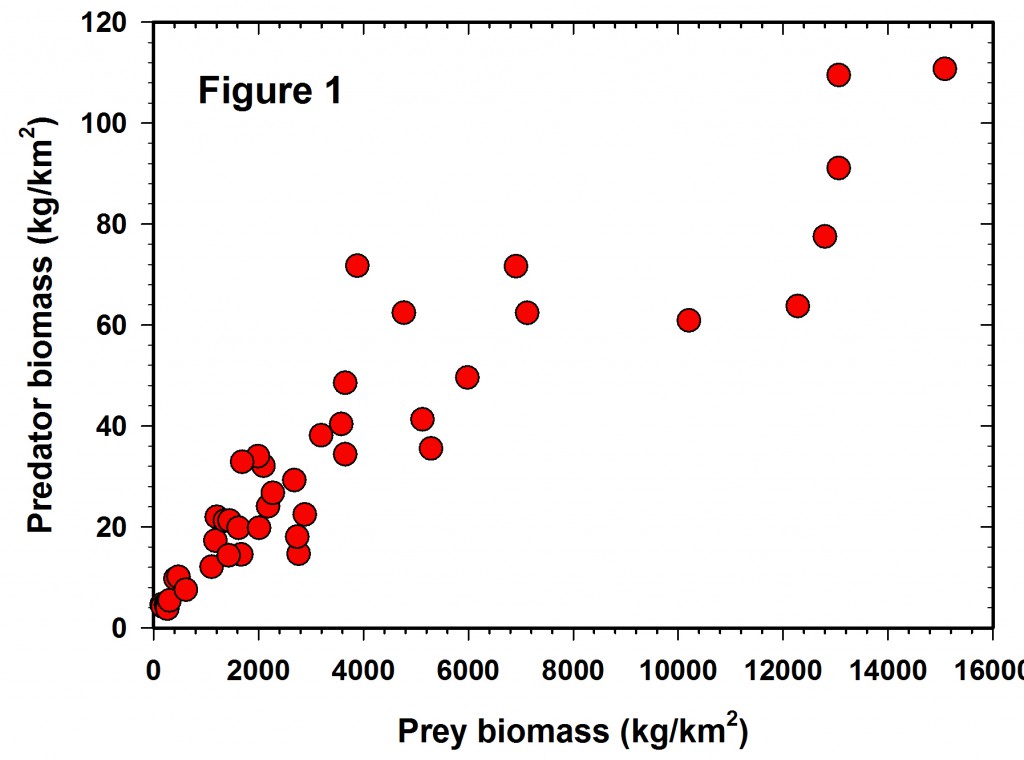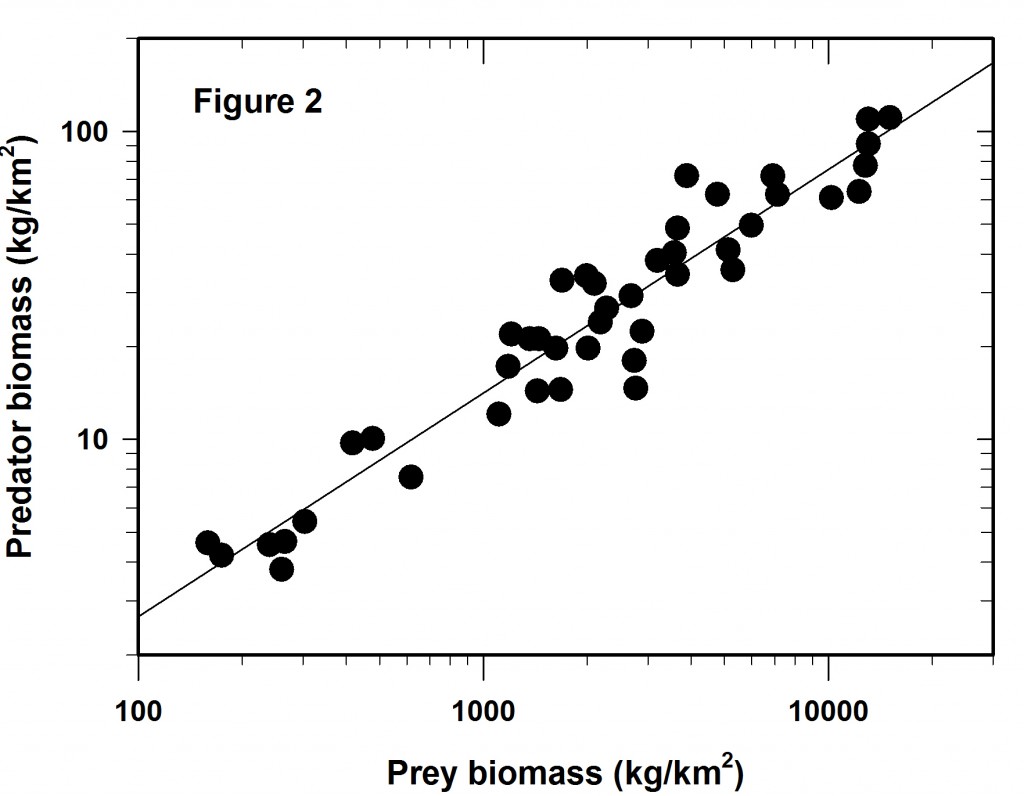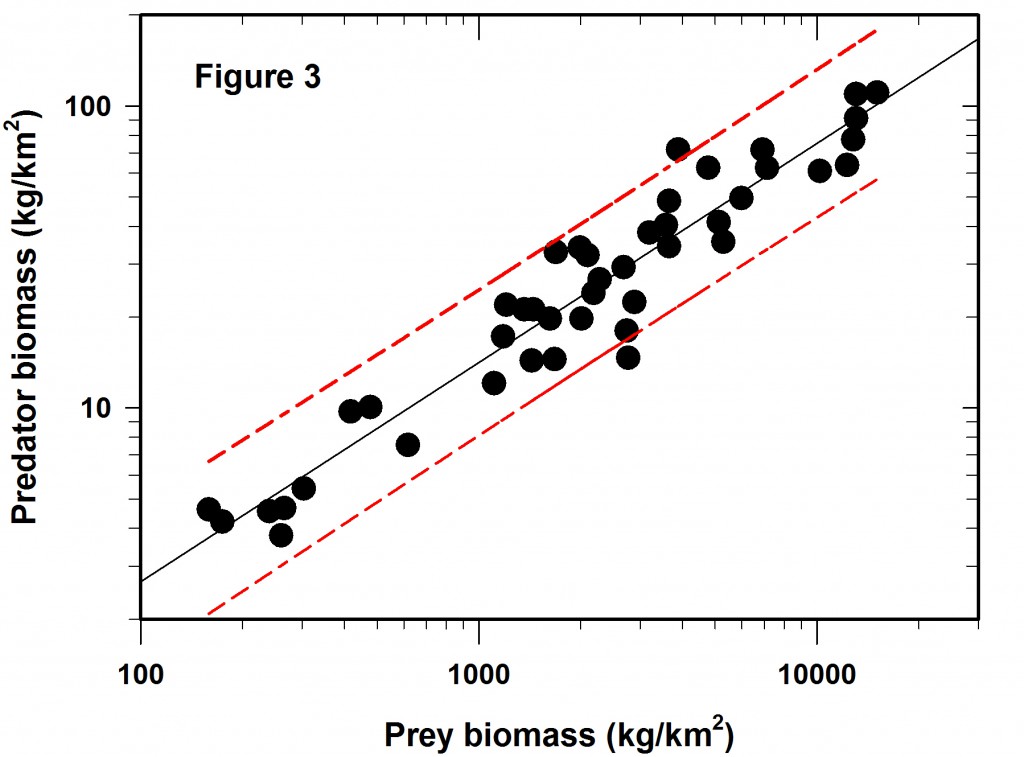This blog is devoted to the simple question of what we might do about climate change at a very small scale. As individuals we can do little directly about the big issues of fracking and oil extraction from tar sands and shale deposits. Of course we can and should vote about these large issues, but my question is what can we do at a local level to support the Paris Agreement?
This was all brought to my attention on a recent drive of 50 km from Haines Junction in the southern Yukon north to Kluane Lake. Along the side of the Alaska Highway on each side of the road for a perpendicular distance of perhaps 20 m the highways department had mowed down all the vegetation to the ground level along a stretch of about 25 km. Willows 1-2 m in height, small aspen, spruce and poplar trees up to 3 m in height were all mowed down and chopped into small pieces. This observation gave rise to two thoughts. First, highways departments have always done this kind of mowing so why worry about it? But second, why should we keep doing now what we always did in the past?
We have just signed the Paris Agreement to try to stop the increases of greenhouse gases in the atmosphere. This means we should be looking at everything we do to see if it is generating more greenhouse gases than necessary. Mowing down the edges of highways has two detrimental effects on our environment. First, diesel or petrol is used to run the machines that do the mowing, Second, we have now lost the only mechanism we currently have for taking CO2 out of the atmosphere, plant growth via photosynthesis. We mow down the plants, thus making compost that releases CO2 as it decays, and we lose the structure of the road edge that captures CO2 at no cost to us. But of course new plants will now start to colonize and re-grow along the road edge, capturing CO2, but the key point here is that in northern Canada it will take probably 20-30 years to have the vegetation recover to the point that it was before mowing. Thus on every score this mowing along the highway is a direct affront to the Paris Agreement.
The argument about road edges is always to protect vehicles from wildlife suddenly coming out of the forest on to the road and causing a collision. The frequency of this for the larger species would have to be measured, and the assumption that a mowed strip reduces collisions with wildlife would have to be quantified. In my observations a nicely mowed strip in northern Canada becomes green early in the spring and in fact then attracts large and small herbivores like moose, bison, and hares to the edges of the road. Thus mowing might actually increase the probability of collisions with wildlife. In Newfoundland Tanner and Leroux (2015) showed that moose browsed less in recently cut highway edges but this effect might be lost within a few years. The critical question if moose-vehicle collisions are to be reduced is to know exactly what actions produce fewer accidents (Jägerbrand and Antonson, 2016). Reducing speed limits has a strong effect on accident rates. No one has looked into the greenhouse gas issue regarding the cost and benefit of roadside clearing. Many authors (e.g. Meisingset et al. 2014) point out how little serious experimental work has been done on the wildlife collision issue, another opportunity for adaptive management.
The highways department would probably consider this all very silly to worry about. But it does raise the more general issue that many others have pointed out: should we somehow have a greenhouse gas indicator app that would tell us for our own houses, vehicles, and property what we are doing in our everyday actions to assist the reduction of greenhouse gases as mandated in the Paris Agreement. It cannot simply be business as usual.
Jägerbrand, A.K., and Antonson, H. 2016. Driving behaviour responses to a moose encounter, automatic speed camera, wildlife warning sign and radio message determined in a factorial simulator study. Accident Analysis & Prevention 86(1): 229-238. doi:10.1016/j.aap.2015.11.004.
Meisingset, E.L., Loe, L.E., Brekkum, Ø., and Mysterud, A. 2014. Targeting mitigation efforts: The role of speed limit and road edge clearance for deer–vehicle collisions. Journal of Wildlife Management 78(4): 679-688. doi:10.1002/jwmg.712.
Tanner, A.L., and Leroux, S.J. 2015. Effect of roadside vegetation cutting on moose browsing. PloS One 10(8): e0133155. doi:10.1371/journal.pone.0133155.


